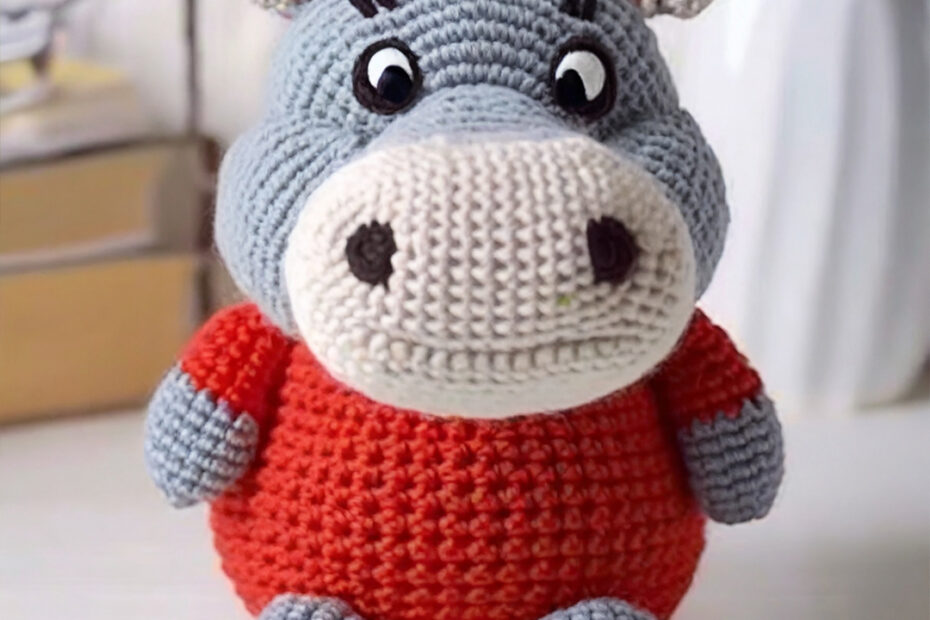Gradient and ombre yarns offer a beautiful and effortless way to add depth, texture, and color variety to your amigurumi creations. These specialty yarns shift gradually from one color to another, making each project unique—even when using the same pattern. While traditional solid-colored yarns have their place, gradient and ombre yarns can elevate your amigurumi toys to a whole new level of visual interest.
In this article, we’ll explore how to choose, use, and manage gradient and ombre yarns effectively in amigurumi projects, including tips for controlling color transitions, avoiding common pitfalls, and maximizing the visual impact.
What Are Gradient and Ombre Yarns?
Although the terms are sometimes used interchangeably, there’s a subtle difference:
- Gradient yarns typically change color in a gradual, smooth transition across a skein, often moving through multiple hues.
- Ombre yarns usually shift from light to dark (or vice versa) within a single color family.
Both types are fantastic for amigurumi when used thoughtfully.
Benefits of Using Gradient and Ombre Yarns in Amigurumi
- Adds depth and realism: The color transitions mimic shading and light reflection, giving a natural feel to animals, dolls, and other figures.
- Reduces color changes: You can achieve a multi-colored look without frequently switching yarns or weaving in ends.
- Enhances simplicity: Even the most basic shapes appear more dynamic and artistic.
- Great for storytelling: Color shifts can represent emotions, seasons, or fantasy themes in your characters.
Choosing the Right Yarn for Your Project
When selecting gradient or ombre yarns, consider:
- Color flow: Look at the yarn both in skein and unwound (if possible) to see how it transitions.
- Length of color sections: Short changes may look mottled or patchy; long changes can dominate or underwhelm depending on doll size.
- Fiber content: Cotton and cotton blends hold shape better for amigurumi.
- Yarn weight: Ensure compatibility with your hook size and pattern gauge.
Some popular options for gradient yarn include Scheepjes Whirl, YarnArt Flowers, and Lion Brand Mandala.
Tips for Using Gradient Yarn in Amigurumi
1. Plan Ahead Sketch your design or visualize how the colors will flow across the amigurumi’s body. For example, you might want the lightest color at the top of a doll’s head or the darkest on the feet.
2. Center-Pull or Outside-Pull? Decide whether to start from the center or outer edge of the skein to control the direction of the gradient.
3. Swatch It First Make a small test piece to see how fast the color changes and whether it suits the scale of your project.
4. Cut and Join Strategically If a color change happens in the middle of a critical facial feature or limb, don’t hesitate to cut the yarn and rejoin it at a better point. Save the extra yarn for another small project or detail.
5. Use Solid Colors for Contrast Accent features like eyes, mouths, or accessories with solid-colored yarns to balance the gradient effect and help important details stand out.
Best Projects for Gradient and Ombre Yarn
Some amigurumi designs naturally lend themselves to gradient yarn:
- Dragons and unicorns: Perfect for whimsical, magical color shifts.
- Mermaids and sea creatures: Oceanic hues look stunning in ombre.
- Seasonal characters: Think autumn pumpkins, spring bunnies, or winter snowflakes.
- Simple round shapes: Balls, spheres, or minimalistic figures highlight color transitions effectively.
Managing Leftovers and Scraps
Gradient yarn scraps can still shine:
- Use them for tiny accessories like hats, scarves, or wings.
- Combine multiple small pieces for a unique, patchwork look.
- Create mini amigurumi or keychains to use every inch creatively.
Working with gradient and ombre yarns in amigurumi is a wonderful way to bring your crochet creations to life with minimal extra effort. With careful planning and an eye for color, you can create toys that are not only adorable but also visually stunning. Whether you’re crafting a pastel bunny or a fiery dragon, let the yarn do some of the magic for you.
Experiment, play, and embrace the color flow—your amigurumi will thank you!
